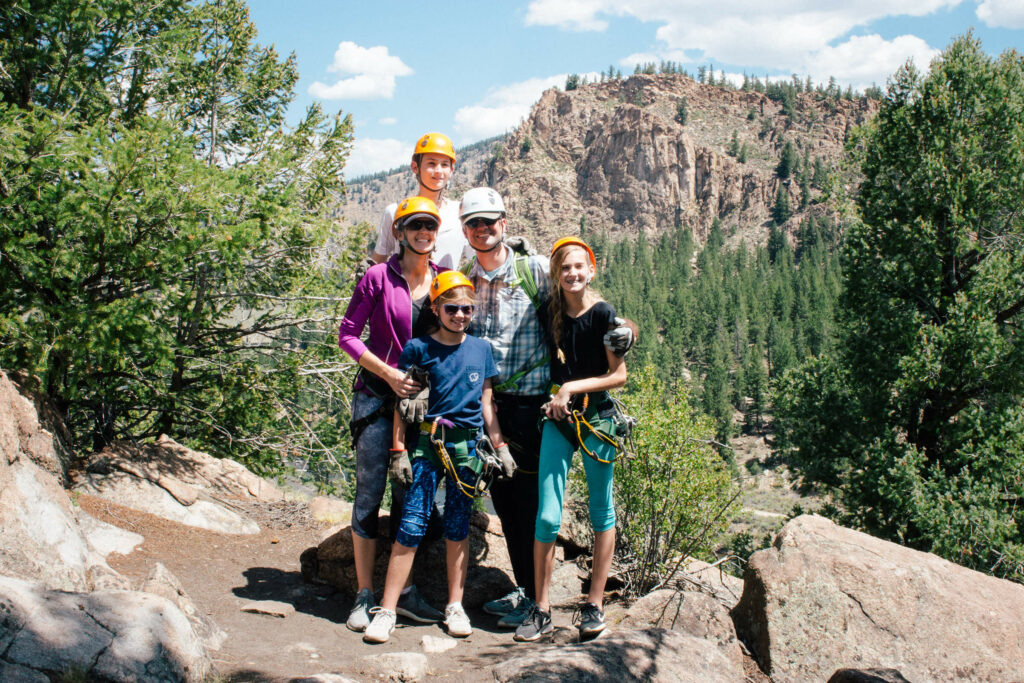On September 15, 2023, a chapter closed, and a new one began in Colorado’s history. After years of discussion and collaboration, the U.S. Board on Geographic Names officially renamed Mount Evans – a 14,000-foot peak overlooking Denver and within Colorado’s Clear Creek County– to Mount Blue Sky. This seemingly simple act of changing a name carries profound meaning, reflecting a shift in perspective and an effort to reconcile the complex past with a more inclusive future.
From Controversy to Change: Understanding the Renaming Process
The previous name, Mount Evans, honored John Evans, the second territorial governor of Colorado. However, Evans’ legacy is marred by his role in the Sand Creek Massacre of 1864, a horrific event where U.S. soldiers, under Evans’ command, attacked and killed the peaceful Cheyenne and Arapaho people. In recent decades, this dark chapter of Colorado’s history gained wider recognition, sparking conversations about accountability and representation.
The movement to rename Mount Evans began organically. Tribal leaders, community members, and activists voiced concerns about celebrating a figure associated with such a tragic event. The Colorado Geographic Naming Advisory Board took the initiative, inviting public proposals and holding discussions before recommending “Mount Blue Sky” to the federal board. The chosen name held particular significance for the Cheyenne and Arapaho tribes, as the Arapaho are known as the “Blue Sky People” and the Cheyenne hold ceremonies with the same name.
This suggested name was supported by the Northern Arapaho Tribe, the Ute Mountain Ute Tribe, and the Southern Ute Indian Tribe. The Northern Cheyenne Tribe, however, did not support this selected name, considering it disrespectful for holding the same name as a prominent ceremony. This contention delayed the decision, yet ultimately the new name, Mount Blue Sky was officially adopted on September, 15th, 2023.
Beyond the Name Change: A Symbol for Reconciliation and Reflection
The renaming of Mount Blue Sky is much more than just a change on maps. It represents a critical step toward acknowledging the historical injustices faced by Indigenous communities and actively striving for a more inclusive future.
This act also highlights the importance of names as a representation of who controls and defines narratives and serves as a potent symbol for reflection and dialogue. Throughout this renaming process and afterward, the decision has prompted discussions around the complex history of the region and the importance of changing these narratives.
Impact on the Local Community: Embracing the Change and Moving Forward
The name change has overall been celebrated overall and accepted within the local community. While some residents expressed sentimental attachment to the old name, most welcomed the decision as a necessary step towards healing and reconciliation. Businesses and organizations operating near the mountain have incorporated the new name into materials and signage.
The local tourism industry, a vital part of the region’s economic fabric, has also adopted the change. Travel guides, maps, and marketing materials are being updated to reflect the new name. While some initial confusion is expected, the transition presents an opportunity to educate visitors about the significance of the renaming and the historical context behind it.
AVA and Colorado Via Ferrata seek to embrace this change, as we have updated our former Mount Evans Via Ferrata to Mount Blue Sky Via Ferrata. We do not believe this change will cause any confusion for our guests and seek to respect both the natural and cultural landscapes in which we adventure. Our Mount Blue Sky course offers a unique opportunity for guests to experience a Via Ferrata, a assisted climbing experience where guests climb up and across the cliffside.
Looking Forward: Building a More Inclusive and Respectful Future
The renaming of Mount Blue Sky is not an endpoint but rather a starting point. It serves as a reminder of the importance of continuous learning, open dialogue, and fostering a more inclusive and respectful environment for all communities.
As the local community embraces this change, it paves the way for a future where historical narratives are acknowledged, diverse perspectives are valued, and the beauty of the landscape is celebrated by all.
















